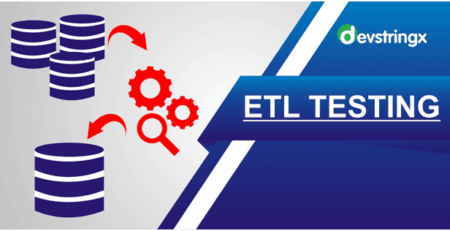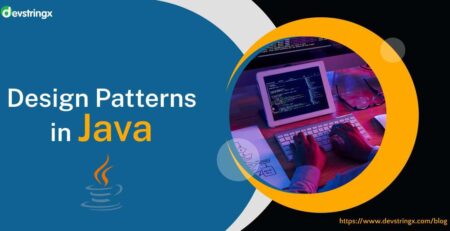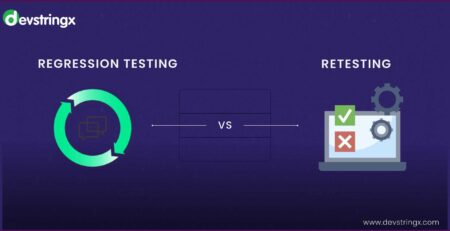05 Test Design Techniques in Software Engineering QA Engineers Should Know – DS
List of 05 Top Test Design Techniques
Quality assurance (QA) is critical in assuring the dependability and operation of computer programs in the profession of software engineering. QA engineers are the ones in charge of creating successful testing scenarios that find flaws and guarantee that software satisfies the required requirements. To do this, QA engineers ought to have well-versed in a variety of test development approaches.
This article looks at the five most prevalent test design strategies that QA engineers need to be aware of, as well as how these techniques may improve their evaluation processes and increase the overall quality of their software.
1) Equivalence Partitioning: Dividing and Conquering
Both resources and time have limitations especially when it comes to testing. The equivalent By splitting the input data into various partitions as well as classes, segmentation provides a helpful tool for optimizing testing efforts. Quality assurance professionals may easily explore an extensive spectrum of circumstances while eliminating complexity by picking representative examples for testing from each department.
For example, while analyzing an account login function, it is best to select scenarios for testing representing several partitions such as valid usernames and passwords, incorrect passwords, and empty sections.
2) Boundary Value Analysis: Pushing the Limits
Bugs are frequently seen throughout the edges. The goal of boundary value analysis is to investigate boundaries as well as limitations associated with input values. Quality assurance professionals are able to detect faults that might otherwise remain unreported by inspecting data at the lower & higher bounds, in addition to immediately both inside and outside of them.
To verify that the program operates in accordance with expectations, the test scenarios should contain values such as 0, 1, 2, 99, 100, and 101 when testing an input parameter that takes integers from 1 to 100.
Good to Read:- Goal & Objectives of Software Testing in Software Engineering
3) Decision Table Testing: Mapping Complex Scenarios
Sophisticated company regulations as well as circumstances are often encountered by systems that use software. Decision Table Testing is a method that evaluates many different combinations of situations and behaviors in a methodical manner. QA engineers may verify that each of the conceivable cases is addressed by building a structure that connects inputs to outputs.
This approach aids in the identification of absent specifications, duplicate conditions, and conflicting rules, resulting in better-performing software. Whenever confronted with complicated decision-making operations, QA engineers ought to apply Decision Table Testing.
4) State Transition Testing: Uncovering System States
Throughout their existence, many computer programs display a number of states. The goal of Condition Transitions Testing is to capture and evaluate the transitions throughout these different states. Quality assurance specialists may develop scenarios for testing that encompass all conceivable variations in the state by creating a graphical representation of the system’s variables and the happenings that cause transitions.
This type of approach is especially beneficial in situations wherein the behavior of the software changes depending on its present state, for example, an e-commerce shopping basket or a user authentication procedure.
5) Pairwise Testing: Covering All Bases
It is problematic for there to be comprehensive coverage when the total amount of instances for testing increases exponentially according to the number of variables. By choosing a selected group of instances for testing that account for every potential combination of variables, Pairwise Testing addresses the aforementioned issue.
The total amount of instances for testing can be drastically decreased while continuing to provide a good degree of coverage by quality assurance specialists by taking the relationships among two different factors at a time into consideration. When working with several parameters entered that have a wide range of possible values, paired testing is especially useful.
Good to Read:- Roles and Responsibilities of Software QA Engineer
Conclusion:
The reliability and effectiveness of systems that operate in the field of software engineering are ensured through the competent design of tests. In order to develop thorough scenarios for testing that address a variety of situations that tell quality assurance professionals need to be knowledgeable in diverse test design approaches. These represent just a few of the approaches that can considerably improve the testing procedure: Equivalence Partitioning, Boundary Value Analysis, Decision Table Testing, State Transition Testing, and Pairwise Testing.
QA engineers can maximize development efforts, find concealed flaws, and raise the level of quality of software overall by using these strategies. To keep up with the rapidly changing world of software engineering, it is crucial for QA engineers to regularly upgrade their understanding and expertise in test design approaches.
Hire Dedicated Software Engineer to Enhance Product User Experience So Take Action & Drop Your Query! Our Experts Will Connect Within 24 Hours














